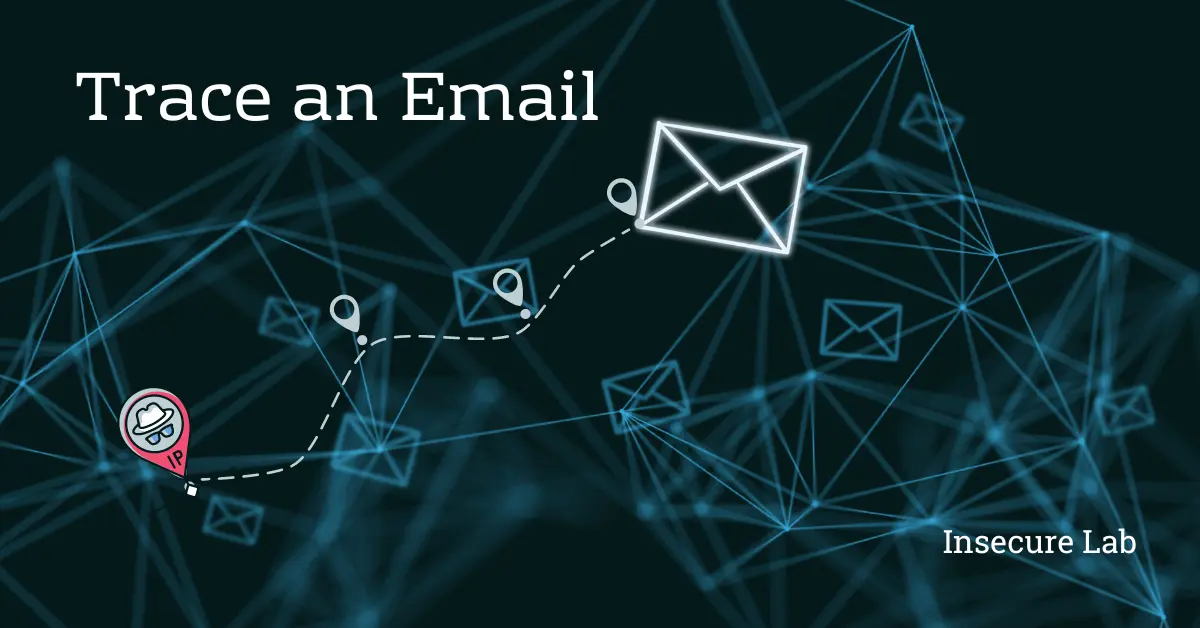Table of Contents
In this comprehensive guide, we will learn how to trace an email IP address and unveil the digital footprints left by unknown senders. Understand the process of tracing an email IP address, its significance, and the ethical considerations involved.
Understanding IP Addresses
Before delving into the process of tracing an email IP address, it’s essential to understand what an IP address is. An IP address, short for Internet Protocol address, is a unique numerical label assigned to every device connected to a computer network. It acts as a locator, enabling communication between different devices and facilitating the transfer of data across the internet.
IP addresses are of two types: IPv4 and IPv6. IPv4 addresses consist of four sets of numbers, separated by periods, while IPv6 addresses are longer and represented as eight sets of hexadecimal numbers separated by colons. When you send an email, your email client includes your IP address in the email header, which is crucial for the email to reach its intended recipient.
Email Headers and Tracing IP Addresses
Email headers contain valuable information about the email’s journey from the sender to the recipient. To access the email header, you’ll need to find the “Show Original” or “View Message Source” option in your email client. The header will contain technical details such as the sender’s IP address, the route the email took through various servers, the date and time stamps, and other essential metadata.
Tracing an IP address from an email header is not always a straightforward process, especially if the sender has taken steps to hide their identity. However, if the email is legitimate, it’s important to respect the sender’s privacy and only use this information for legitimate purposes.
Step-by-Step Guide to Trace an Email IP Address
Step 1: Accessing the Email Header
As mentioned earlier, you need to access the email header to proceed with the tracing process. The method to view email headers may vary depending on your email client. Generally, you can find this option under the “More” or “Options” menu while viewing an email.
Step 2: Identifying the Sender’s IP Address
Once you have access to the email header, look for the “Received” or “Received from” section. This section contains the IP addresses of the servers that handled the email’s journey. The IP address closest to the top is usually the sender’s IP address. However, keep in mind that in some cases, the sender may have used a proxy server or other methods to obfuscate their IP address.
Step 3: Decoding IP Addresses
The IP address you find might be in its numerical form. To get more meaningful information, you can use online tools or websites that offer IP address lookup services. These tools can reveal the sender’s geographical location, internet service provider (ISP), and sometimes the organization associated with the IP address.
Step 4: Tracing the Email Path
If you’re curious about the route the email took, you can trace the path by examining the “Received” sections in reverse order. Start from the last “Received” entry and work your way back to the first. Each entry represents a server that handled the email before it reached your inbox.
Limitations of Tracing Email IP Addresses
While tracing an email IP address can provide valuable information, it’s essential to be aware of its limitations:
- Proxy Servers and VPNs: Many senders may use proxy servers or Virtual Private Networks (VPNs) to conceal their true IP address. These services route emails through different servers, making it more challenging to trace the origin accurately.
- Public Wi-Fi and Shared Networks: If the email was sent from a public Wi-Fi network or a shared network, the IP address obtained will lead to the router or a shared server, not the individual sender.
- Spoofing and Falsification: Malicious senders can manipulate email headers to forge IP addresses, leading to incorrect information or pointing to innocent parties.
Ethical Considerations
Tracing an email IP address involves accessing technical information and potentially intruding on someone’s privacy. It is crucial to follow ethical guidelines when attempting to trace an email IP address:
- Legitimate Reasons Only: Only trace an email IP address if you have legitimate reasons, such as identifying potential phishing attempts, reporting cyber threats, or aiding law enforcement in criminal investigations.
- Respect Privacy: Always respect the sender’s privacy. Do not use the obtained information for any illegal or malicious purposes.
- Use Verified Tools: When using online IP lookup tools, ensure they are reliable and secure. Be cautious of websites that may harvest your data or compromise your security.
Conclusion
Tracing an email IP address can be a valuable skill when dealing with suspicious emails or cyber threats. Understanding email headers and the technical aspects of the tracing process is crucial for accurate results. However, it is equally important to use this knowledge responsibly and ethically, respecting the privacy of others and only employing it for legitimate reasons. With this comprehensive guide, you now have the tools to unravel the digital footprints left behind in your inbox, making the internet a safer place for everyone.

